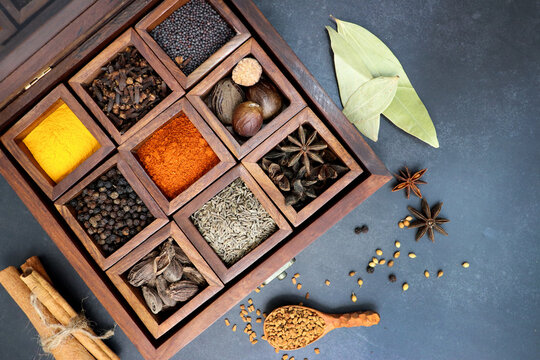The Ultimate Guide to Spice Container Project Report
Introduction
The Ultimate Guide to Spice Container Project Report is As Follows.
A spice container is a small container used to store and dispense spices. They come in a variety of materials, including plastic, metal, glass, and ceramic, and can be found in a variety of sizes, from small jars to large canisters. Some common types of spice containers include spice jars, spice racks, and spice tins.
Spice jars are small glass or plastic containers with screw-on lids. They are typically used to store whole or ground spices, and can be found in a variety of sizes, from small jars to large canisters. Many spice jars have labels on the front, indicating the type of spice stored inside.

Spice racks are another popular type of spice container. They can be hung on a wall, placed on a countertop, or even mounted under a cabinet. Some spice racks are designed to be mounted inside a cabinet, allowing for easy access to spices while keeping them out of sight.
Project Report Sample On
Spice Container
Get Completely Custom Bankable Project Report
Spice containers are an essential kitchen accessory for any cook. They help to keep spices fresh and easily accessible, and can also be used to organize a spice collection. Whether you are an experienced chef or just starting to learn how to cook, a good set of spice containers is an investment that is well worth the money.
Market Potential Of Spice Container Project Report
The size of the world market for spices was estimated at USD 5.86 billion in 2019 and is anticipated to increase at a CAGR of 6.5% from 2020 to 2027.
Expenses

Product Cost Breakup

Reveneue Vs Expenses

Market Trend

One of the main factors influencing the usage of spices is the rising demand for real food around the world. The increasing desire for different flavours in foods and snacks is expected to inspire manufacturers to create high-quality, enticing, and dependable goods that can uphold uniform standards over the world.
Spices can change the flavour of a certain food and correspond with regional flavours from other places. For example, the Middle East and Southeast Asia are probably going to contribute to fusions, which is projected to grow in popularity over the course of the forecast period. To add taste, perfume, and colour to food, spices are seeds, dried fruits, roots, and barks.
There are many different types of spices, including ground, crushed, and whole ones, that come from different places and cuisines. These spices each give food a distinct flavour, fragrance, and taste. Cinnamon, black pepper, cumin seeds, nutmeg, cloves, chilli powder, turmeric, ginger, and garlic are a few of the often used spices.
